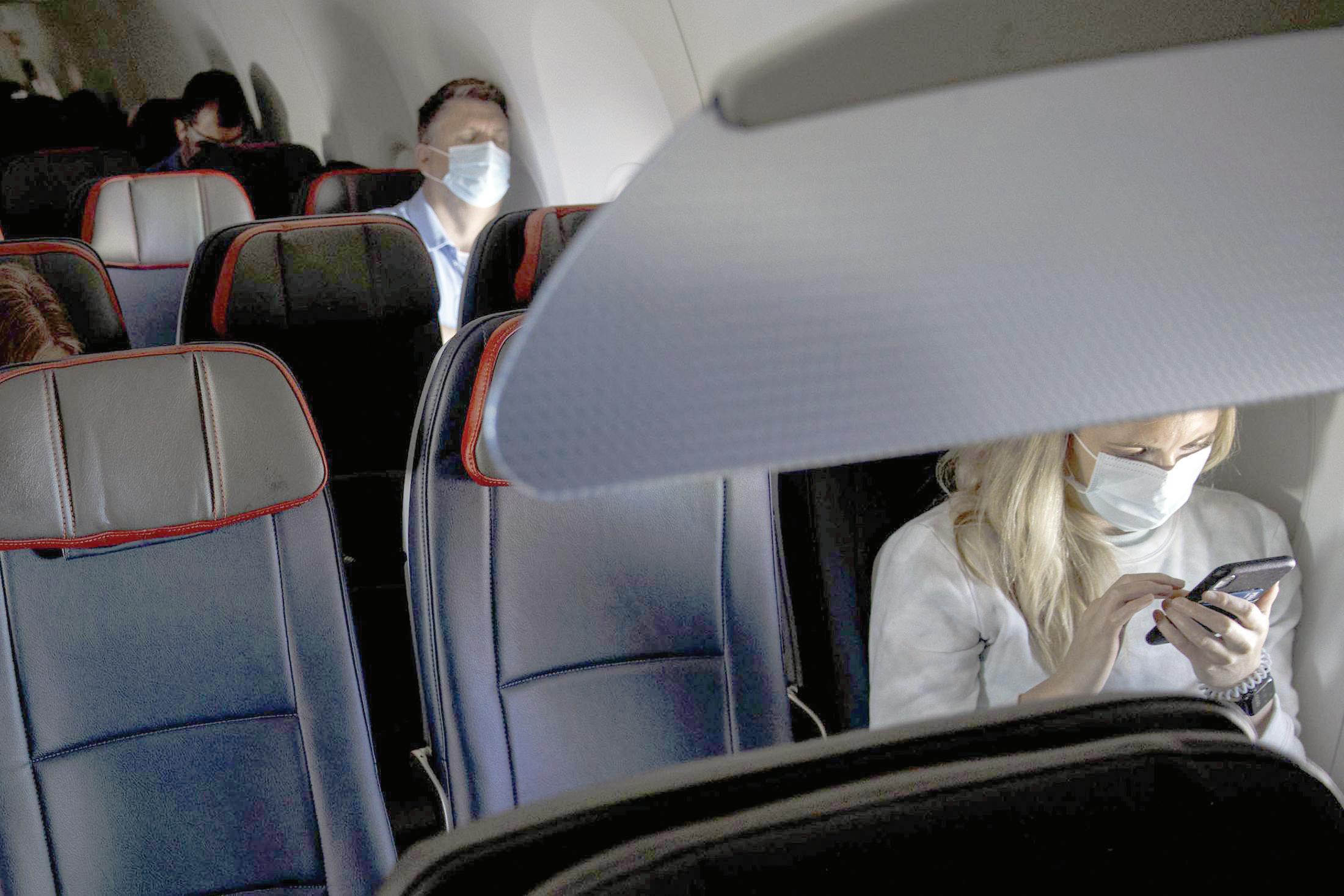
5 minute read
3 3
GAO: Military aircraft missing readiness target
Tribune ConTenT AgenCy
NEWPORT NEWS, Va. — Key U.S. military aircraft have for years been missing goals for their readiness to fly missions, the U.S. Government Accountability Office reports.
The agency said the Navy's F/A-18E and F Super Hornet fighter jets, its E-2C Hawkeye early warning aircraft and C-2A cargo planes did not meet annual goals for the total time they can fly and perform their mission at any time between fiscal years 2011 and 2019.
The Air Force's F-22 Raptors also missed their annual goals for all of those years.
The Navy's E-2D Advanced Hawkeye, which is to replace the E-2C, missed its goal in each of the six years since its introduction. Navy F/A-18A-D Hornets met their goal once in the nine-year period. "The average annual mission capable rate for the selected Air Force, Navy, and Marine Corps aircraft decreased since fiscal year 2011," the GAO said.
Analysts inside and outside the military have warned for years that a shortage of people and replacement parts could affect air operations and make the aircraft less safe.
The GAO's review of 46 military aircraft found that only one, the Air Force's UH-1N Huey, reached its goal every year. Most missed their goals a majority of the time, with 24 never making the target and five hitting their goals only once.
For the Navy's workhorse F/A-18E and F, with an average age of 12 years
Mario Tama/Getty Images/TNS file an F/a-18E Super Hornet fighter aircraft takes off from the flight deck of the USS Nimitz (CVN 68) aircraft carrier while at sea, Jan. 18, off the coast of Baja California,.
and time aloft averaging 3,526 hours, unexpected repairs, parts shortages and components that are no longer useful or are no longer being made were significant problems, GAO reported.
Maintenance costs account for $700 million of the Super Hornet's $3.29 billion annual operating cost in fiscal year 2018.
The Navy has a contract with Boeing to extend the service life of the Super Hornet from 6,000 to 10,000 hours through modifications, but that comes with big maintenance cost increases since several life-limited components require replacement at 6,000 flight hours,
The Navy's older F/A18A-D fighters, with average ages of more than 27 years and an average of 7,585 hours in the air, are operating beyond their planned service life. The Navy aims to address the maintenance and supply challenges that come with that by allowing maintainers to work overtime to reduce backlog, and streamlining repair processes, GAO said.
For the other fighter jets regularly seen in Hampton Roads skies, the Air Force's F-22, the systems and structures that make the planes harder to detect and spare parts shortages have been challenges, GAO said.
Maintenance costs rose from $1.04 billion to $1.59 billion between 2011 and 2018, GAO said, citing constant increases in contractor support costs.
The Air Force is contracting to increase repair capacity for those "low observable" systems and structures and is securing additional funding for spare parts.
Besides fighters, the other Navy planes vital to carrier operations are also aging.
The E-2C planes, some of which are 30 years old, are also operating beyond planned service life, while demand for the limited number of these aircraft keep them in the air a lot.
And the E-2D slated to replace it also faces maintenance and supply challenges, which the Navy is tackling by troubleshooting component failures and cannibalizing parts.
Some of the downtime for these planes was due to an increase in inspections and maintenance needs, and some because of inadequate funding for spare parts when the planes are first fitted out, the Navy told GAO.
The C-2A, which brings supplies to aircraft carriers while they are at sea, is also operating beyond its planned service life, after modifications from 2004 to 2011 extended flight hours from 10,000 to 15,000 and landings from 16,020 to 36,000.
These planes, with an average age of 32 years and an average of 10,677 hours in flight, needed unexpected and extensive repairs to landing gears and outer wing panels.

Lawmakers a step closer to averting Dec. 11 gov’t shutdown
Tribune ConTenT AgenCy
WASHINGTON — Top appropriators reached bipartisan agreement Tuesday on a framework for an omnibus spending package that would avoid a partial government shutdown next month.
The compromise forged between the leaders of the House and Senate Appropriations committees sets spending allocations for the dozen bills that fund federal agencies for the fiscal year that began Oct. 1. A deal on those allocations will allow lawmakers to draft omnibus legislation that is needed by Dec. 11, when current stopgap funding is set to run dry.
The agreement, which was confirmed by aides familiar with the talks, resolves a partisan impasse over how to divvy up about $1.4 trillion in discretionary spending for fiscal 2021 that is allowed under a two-year budget deal. Details of the actual compromise spending allocations, which are typically kept confidential until legislation is released, weren't immediately available.
The House version of fiscal 2021 spending bills, released in July, and the Senate appropriations measures, released this month, have different allocations. Democrats opted to put more funding toward the departments of Veterans Affairs, Interior, EPA, Transportation, and Housing and Urban Development, while Republicans proposed more funding for Defense, Homeland Security, Energy and the Army Corps of Engineers.
Those differences weren't all that great in dollar terms. And after accounting for spending that is already exempt from budget caps, such as overseas military operations, most agencies are in line for at least small increases over the prior fiscal year's levels.
But the House bills also included about $233 billion in emergency spending for the Covid-19 pandemic that is not part of the Senate bills. Senate Republicans had balked at combining pandemic relief with regular annual appropriations. It wasn't immediately clear whether there was any accommodation for coronavirus relief funding on top of the regular compromise subcommittee allocations.
Hopes for completing the deal by last week were dashed after House Minority Leader Kevin McCarthy, R- Calif., continued to object to exempting $12.5 billion in veterans health care money from the budget caps. That money pays for a program giving veterans access to private medical care outside the VA system when wait times are too long or veterans live too far away from VA facilities.
McCarthy has said exempting the program violates the two-year budget deal, while House Democrats and Senate Republicans favored the exemption to free up more money for other nondefense programs. Overall nondefense accounts would see increases greater than 2% on average for the budget year that began Oct. 1, as opposed to a less than 0.5% boost without the veterans health care carve-out.
Details of how the veterans cap exemption would be treated in the final bargaining weren't immediately clear.










